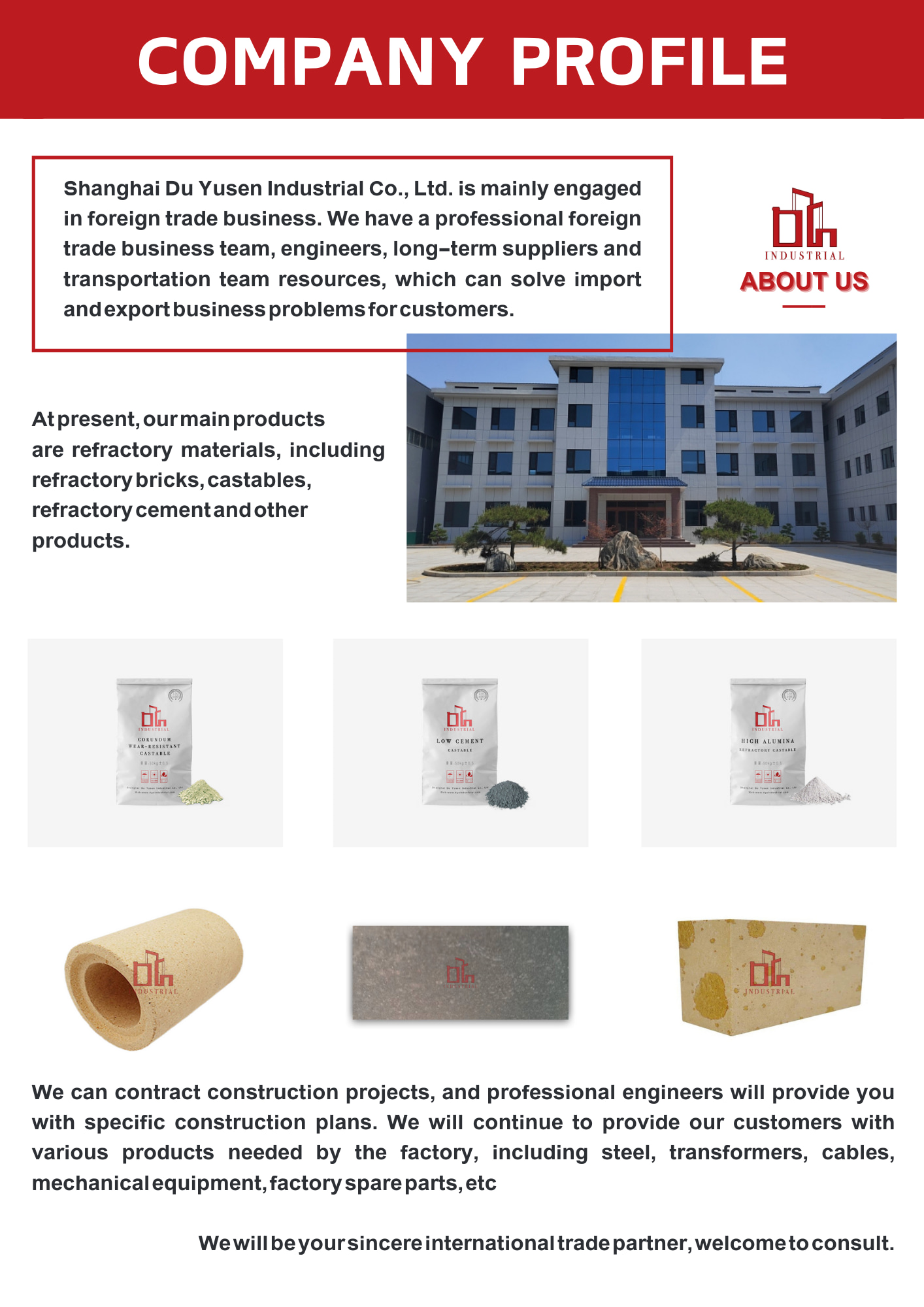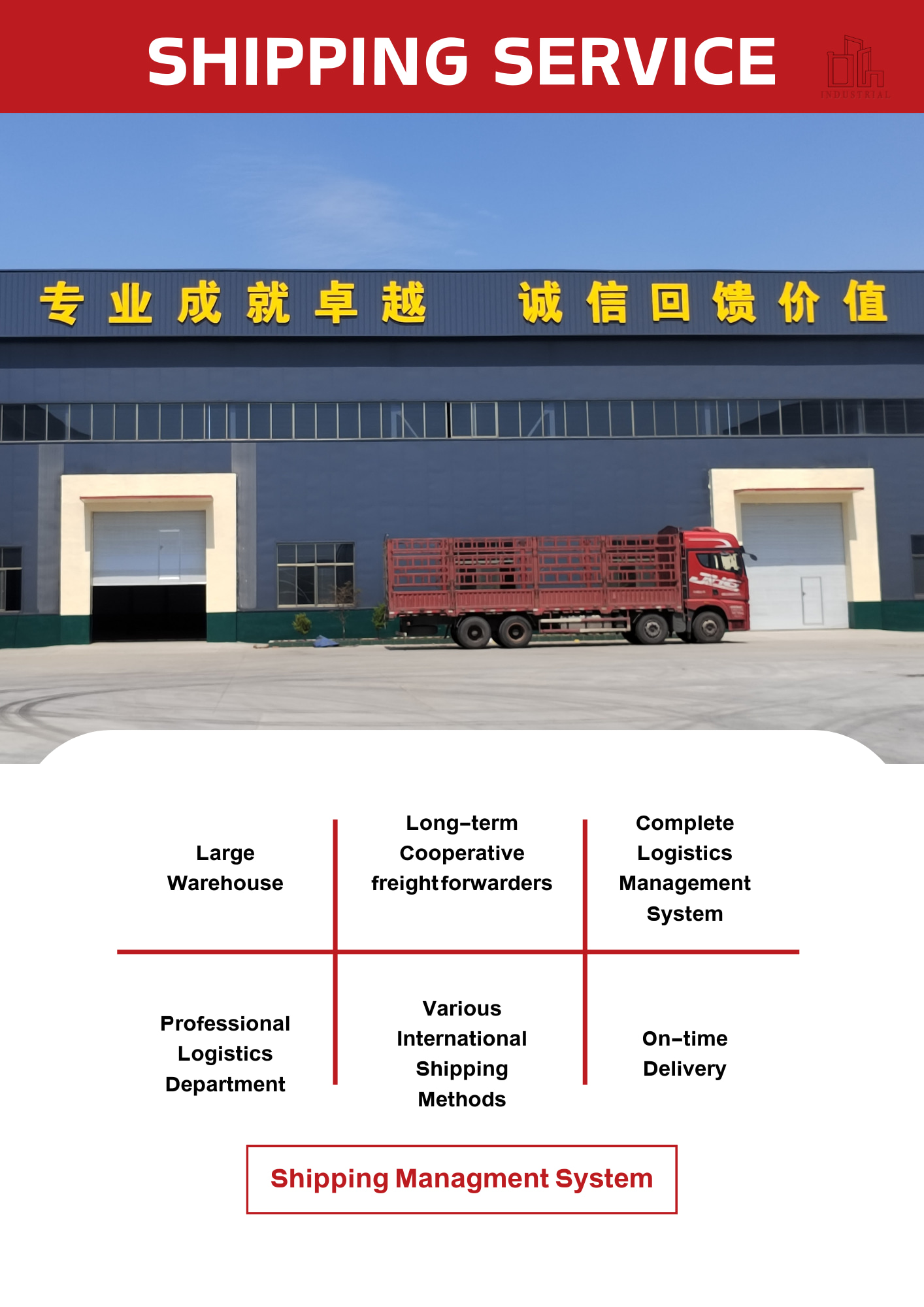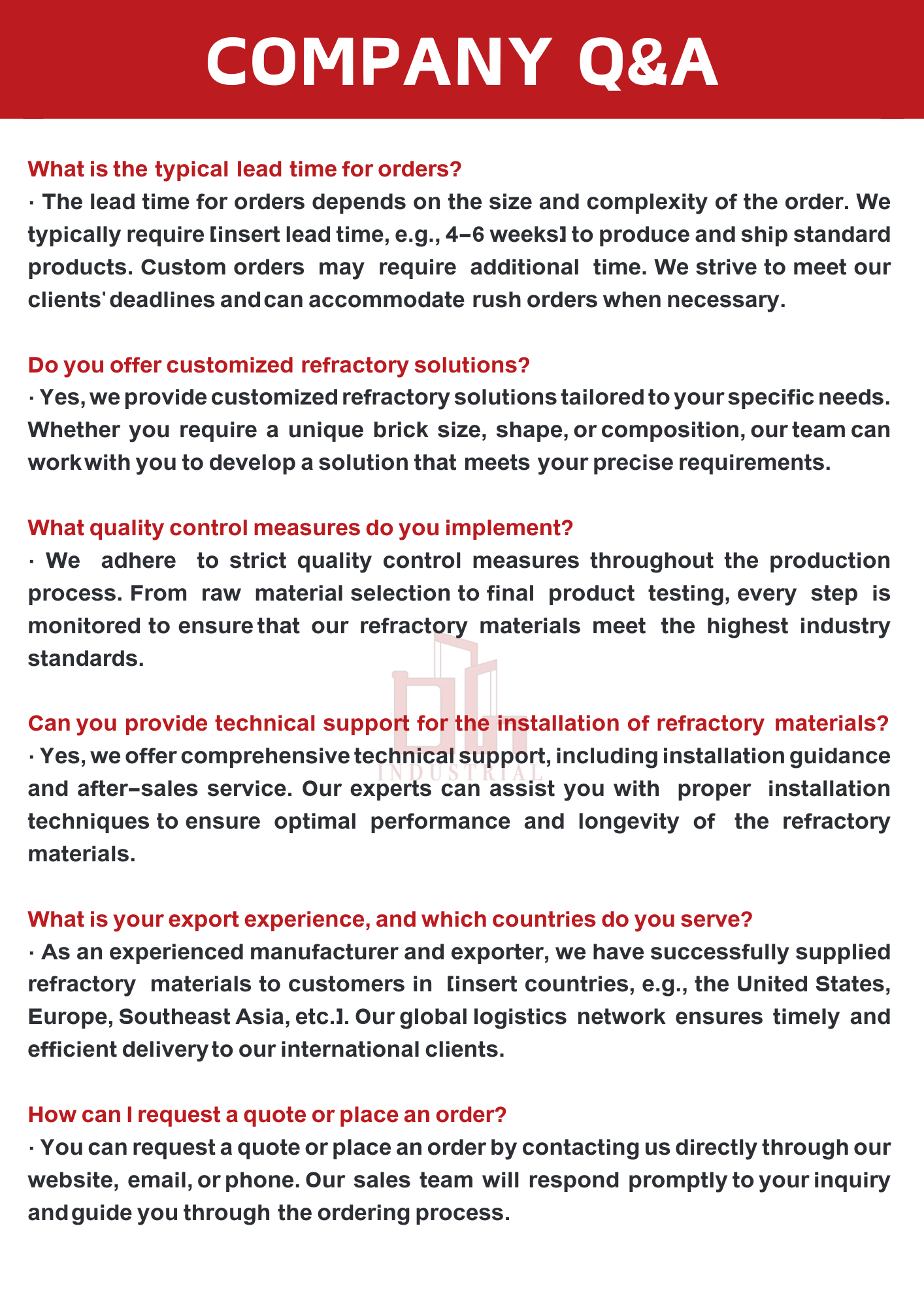Tabular corundum is a specific form of corundum characterized by its tabular or platy crystal structure. It is produced by a high-temperature sintering process that involves tabular alumina as the main raw material. Tabular alumina consists of nearly pure, large, flat, and plate-like corundum crystals.
Payment :
In AdvanceProduct Origin :
ChinaShipping Port :
Shanghai PortLead Time :
15 Working daysProduct parameters:
| Test items | Experimental data |
| Main component | α-Al2O3 |
| Mohs hardness | 9 |
| Chrome Corundum | 1800℃ |
| Physical and chemical indicators | Reference |
| Reference value | Pink, rose red, dark red crystals |
| Main component | α-Al2O3-Cr2O3 solid miscible |
| Crystal size | 600-2000μm |
| Al2O3 content | 97% - 98.5% |
| Cr2O3 content | 0.2% - 2.0% |
| Na2O content | 0.5% - 0.7% |
| True density (specific gravity) | ≥3.9g/cm³ |
| Bulk density | 1.4-1.9g/cm³ |
| Mohs hardness | 9.0 |
| Microhardness | 2200-2300kg/mm² |
| Operating temperature | Operating temperature |
| Softening temperature under load | >1700℃ |
| Particle size range | W1.5-W40, F4-F2000, P12-P2500 |
The production of tabular corundum involves grinding and crushing high-quality bauxite or calcined alumina to form fine powders. The powders are then mixed with specific additives and binders and shaped into desired forms, such as pellets or briquettes. These shapes are then sintered at extremely high temperatures, typically around 1800 to 1900 degrees Celsius (3272 to 3452 degrees Fahrenheit), resulting in the formation of tabular corundum.
Key characteristics:
High refractoriness: Tabular corundum has excellent resistance to high temperatures, with a melting point of approximately 2000 degrees Celsius (3632 degrees Fahrenheit). This property makes it an ideal material for use in applications that require high thermal stability and resistance to thermal shocks.
High mechanical strength: The tabular crystal structure gives tabular corundum enhanced mechanical properties. It exhibits high strength, hardness, and resistance to abrasion and erosion, making it suitable for applications that involve severe mechanical wear or impact.
Thermal shock resistance: Tabular corundum's tabular crystal structure allows it to withstand rapid temperature changes without cracking or spalling. This property is crucial in applications where the material is exposed to thermal cycling, such as in refractory linings of furnaces and kilns.
Chemical inertness: Like other forms of corundum, tabular corundum is chemically inert, meaning it is resistant to most acids, alkalis, and corrosive environments. This property makes it suitable for use in chemical processing and other applications where resistance to chemical attack is required.
Application status of Tabular Corundum refractories in the steel industry
Tabular corundum finds applications in various industries, including steelmaking, foundry, glass manufacturing, petrochemicals, and ceramics. It is commonly used in the production of refractory materials, such as castables, bricks, and monolithic linings for high-temperature furnaces, kilns, and reactors. Additionally, its high performance as an abrasive material makes it valuable in grinding and polishing applications.
Overall, tabular corundum's unique combination of high temperature resistance, mechanical strength, and chemical inertness makes it a versatile and valuable material in several industrial applications.



Tags :